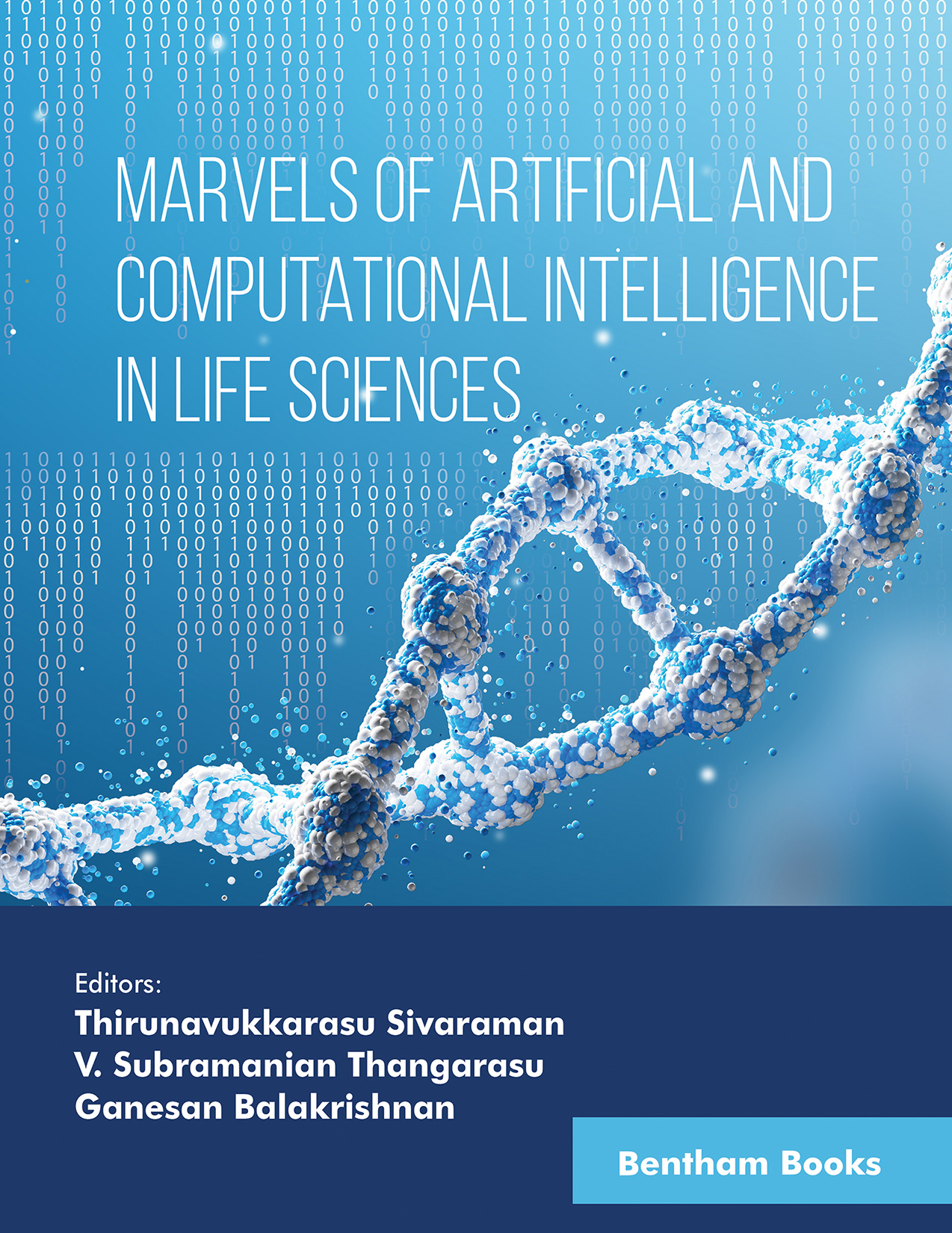I am glad to learn that a book on “Marvels of Artificial and Computational Intelligence in Life Sciences”, an undisputed lead technology that rules the world, is the combination of different computing technologies. AI & CA are not just about computers but the life, threat, and security of science, individuals, and humanity. AI & CA are composite fields involving computer science, mathematics, database, and network management. A common objective of AI is to enrich and enhance the experience of the users of different gadgets and information systems by ensuring their availability, integrity, authentication, confidentiality, and non-repudiation so that the right people can access accurate information at the right time. One should not forget that the use of the internet, social media, smartphones, and tablet computers are indispensable in daily life. In this context, this book focuses on the applications and futuristic trends in the perspective direction to address the dreams of the younger generations, who aspire to gain knowledge on applications that would provide imaginative thinking and forethought. The reader would gain new avenues of thought for applications of AI in IoT, and computational approaches for data analytics would be the expected lines of development in all fields of life. I hope that ideas and futuristic prospects underlined by the contributors will evolve into research hubs as the contributors have done extensive work to kindle the novel thoughts of research.
The young population has become increasingly dependent on computers and gadgets as information resources for communication, entertainment, financial transactions, education, socializing, and private and government services. Today, the infrastructure is information technology infrastructure rather than other physical structures. Many computer users think that their firewall and antivirus software provides them with all the protection they need to keep their computers secure. On the other hand, ever-evolving data science and data analytics of information systems also raise security concerns from many facets. However, AI and CA have become resourceful to users for the addition of more information to a growing number of databases. Meanwhile, the phenomenon coexists with increased expectations of exposure to hacking and attacks, misuse of information, and other security breaches. This book also describes informative systems that are vulnerable to illegal usage through internet connections.
I also envisage the editors and authors will continue to do the same work on different topics of interest in years to come. The efforts by the authors, editors, and publishers are commendable, and I wish the team to continue to serve the student community on a large scale in the coming days.
T.K.S. Kumar
Department of Chemistry & Biochemistry
University of Arkansas, Fayetteville
Arkansas 72701, USA
FOREWORD II
I am happy to realize that the editors of the book "Marvels of Artificial and Computational Intelligence in Life Sciences" provide a valuable window on applications of AI & CA and cover the necessary components from various quarters of life, science and technological advancements of today. AI is becoming a critical technology that takes on life and productive scenarios of human beings and being human in ever-evolving situations of life. The book discusses the wide scope of research and deployed ability of AI & CA. All the chapters are highly impressive, well-researched, and authoritative in introducing all the facets of sciences and trending technologies, which integrate the highest volume of data. On the basis of available data, analytical research algorithms are being designed to address many questions/tasks in the present scenario. For instance, in restaurants, shops, or even on road walks, the data of individuals are being captured for analysis to decide on the needs of the individual, popularly known as 'proactive internet analytics'. Hence, artificial intelligence and computational approaches emerged as the indispensable technologies of the current decade and will continue to rule even for more decades. In this new age of global interconnectivity and interdependence, it is necessary for students to have awareness and knowledge about AI & CA and their supremacy. Hence, the initiative of these professional editors and authors is highly appreciated.
This book can help teachers develop a shared vision and understanding of interpretive discussion and its flexible uses across subjects and grade levels. The framework annotated examples and appendixes can structure and guide teachers’ joint work as they prepare questions, co-lead discussions, observe and analyze classroom experiments, and discuss emergent questions and problems. As teachers gain confidence and skill through collaborative experimentation and development, they can also study the impact of participating in such discussions on students’ confidence and academic skills. Tie-together, this book offers a curriculum for teacher learning at every career stage. Reading the book, you will find it hard to defend the view that good teachers are born, not made. I hope that this book will become a primer for teachers, teacher educators, and professional developers, helping teachers across the globe with applications of AI & CA to learn, teach, and practice the marvels of AI & CA.
I hope the book is a good resource for the students’ community and teachers of contemporary technologies. I congratulate the editors and the authors for their efforts in bringing this book to the perspectives of researchers and as well teachers.
G. Sainarayanan
Technical Head, R&D, HCL Technologies
Chennai – 600119, Tamil Nadu, India

